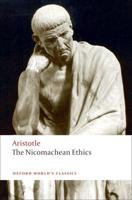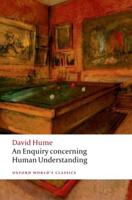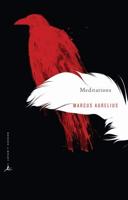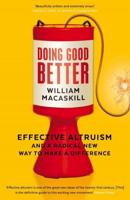Publisher's Synopsis
Excerpt from Logic and Argument
Ist. Definition of Logic. - Logic may be treated either as a science or an art, or both. AS a science it seeks to determine what are called the laws of thought, which is represented in the three processes of conception, judgment, and reasoning. AS an art it applies these laws or rules to every-day thought. Thus a science teaches us to know, and art to do. But the distinction does not require to be urged for present purposes. The object here is to se lect just those parts of both aspects that are suit able to systematic and logical discourse, as dis tinct from mere description, on the one hand, and pure science on the other. Consequently we may speak and think of logic from its practical side, or so much of it as pertains to orderly methods of statement and argument. Logic for this purpose will consist of the rules that regulate correct thinking and systematic presentation of ideas, more especially in the form of argument. As a whole it has two objects to fulfil: (i) To deter mine the general laws of thought which are called the formal principles of thinking, and (2) To ex plain the conditions under which these laws are to be applied and to be modified by the irregularities of language and common speech. The first object considers logic as apure science, the second as an applied Science or art. Only the latter aspect will enter'into the purpose of the present treatise.
About the Publisher
Forgotten Books publishes hundreds of thousands of rare and classic books. Find more at www.forgottenbooks.com
This book is a reproduction of an important historical work. Forgotten Books uses state-of-the-art technology to digitally reconstruct the work, preserving the original format whilst repairing imperfections present in the aged copy. In rare cases, an imperfection in the original, such as a blemish or missing page, may be replicated in our edition. We do, however, repair the vast majority of imperfections successfully; any imperfections that remain are intentionally left to preserve the state of such historical works.











